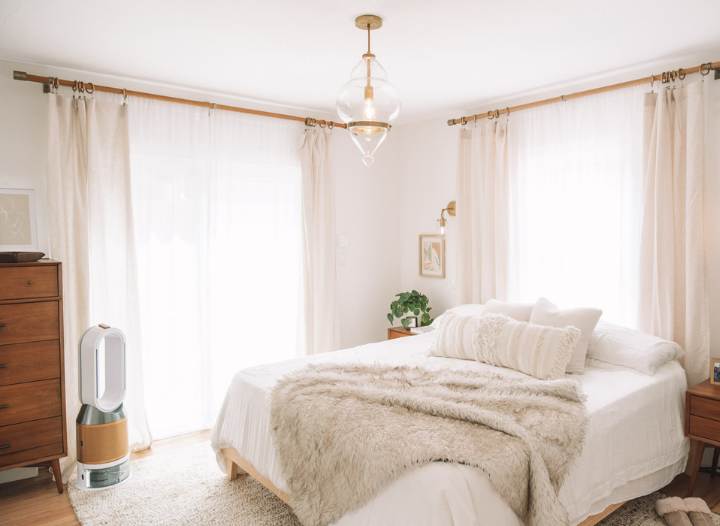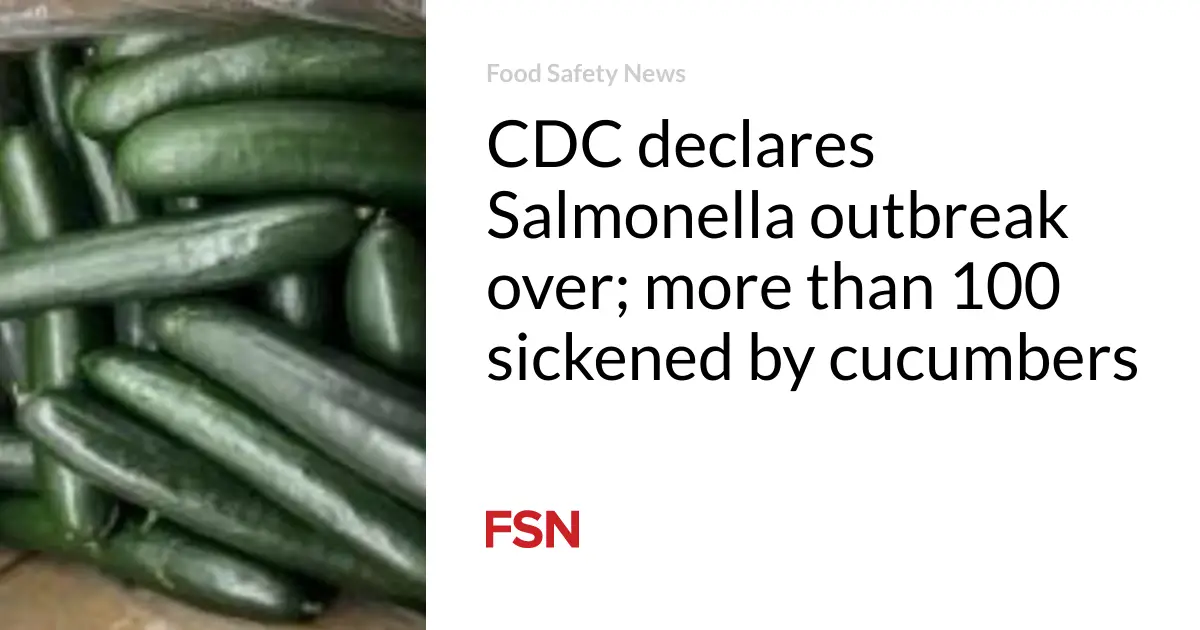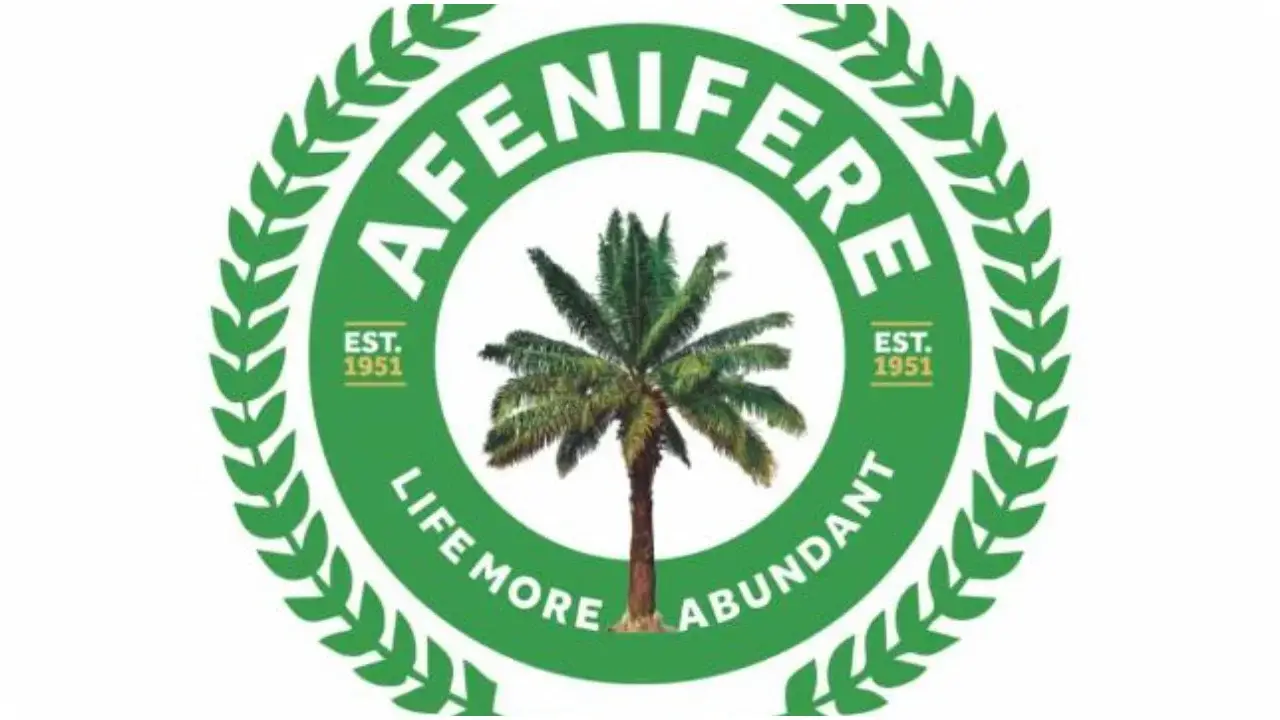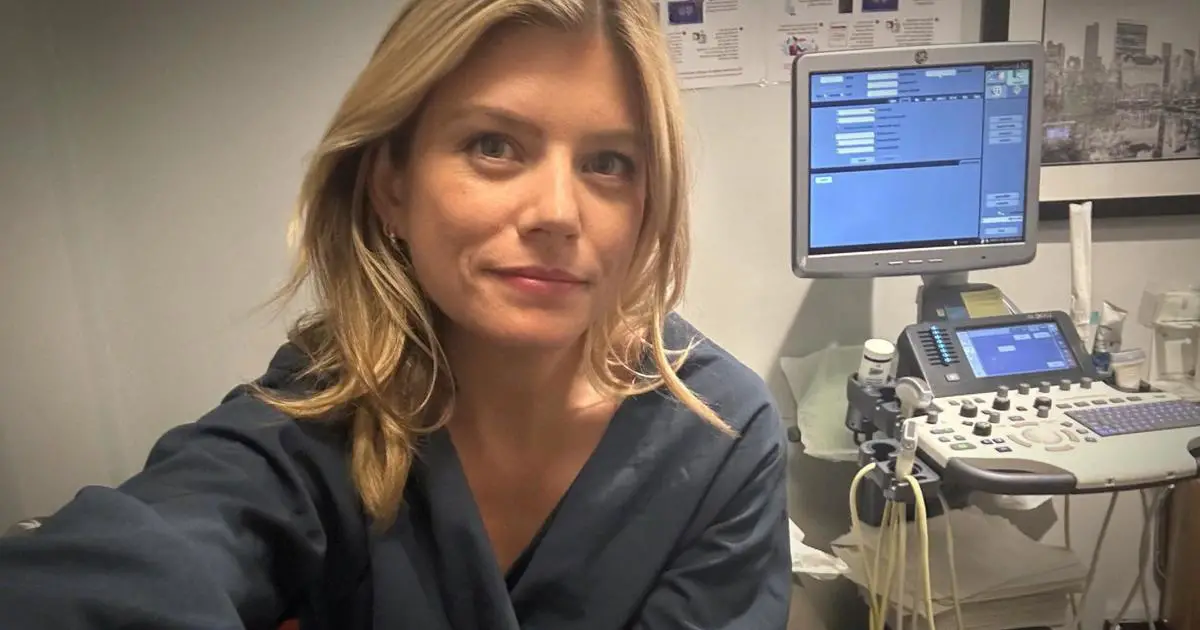It’s a boiling summer’s day in Prague and I’m staring into the austere face of Franz Kafka. Not the real Kafka, of course – he died exactly a century ago, which is why I’m here – but a cast-iron plaque on the wall of his birthplace. The house, a replica as it turns out, sits pretty much on Old Town Square, which as usual is thronged with tourists snapping pics of its fairytale architecture, sipping drinks on terraces and gawking at its 15th-century astronomical clock. It’s impossible to imagine Kafka – 6ft tall and skinny, with dark, intense eyes – in this vibrant, carefree milieu. But then the Prague that Kafka was born into, in 1883 – the capital of the Kingdom of Bohemia, part of the Austro-Hungarian empire – was a very different city. And Kafka himself, alienated as a Jew, had a sensitive imagination that interpreted the city’s narrow, winding streets as claustrophobic and its looming spires as threatening.
I’m here on the Kafka trail because the city is celebrating the centenary of the author’s death throughout 2024, with events, lectures, exhibitions, tours and more. There’s a forthcoming biopic, Franz, being made here too, by Polish director Agnieszka Holland (Europa Europa, Green Border), starring German actor Idan Weiss as the enigmatic author. A recent addition in the city itself is the Head of Franz Kafka, an 11-metre kinetic sculpture by local artist David Černý, outside the Quadrio shopping centre
It’s intriguing to think that so much of Kafka’s existence played out around the Old Town Square, as well as the adjacent Jewish Quarter; as he once commented to his Hebrew teacher while gesturing at the square from an upper window of one of his family homes, “… this narrow circle encompasses my entire life”. He wasn’t kidding.
A brisk three-minute stroll and I’m standing in front of another of his abodes, the Minute House (Staroměstské náměstí 2), a Renaissance-era construction characterised by distinctive sgraffito decoration. Kafka was about six when his family moved here, and his three sisters (Gabrielle, Valerie and Ottilie) were born in the house. Not far away are the landmark gothic spires of the Church of Our Lady before Týn: young Franz had to walk past it to get to his first school, which was just the other side, on a street now known as Masná. The journey looks unthreatening enough today, especially now the city has clamped down on drunken stag parties, but for the anxious young Franz, the daily trip was a terrifying ordeal. Constantly afraid of getting lost, he later recalled in his Letters to Milena (Jesenská) how he would pull on his nanny’s skirt and grab the guard stones of houses on the way.
To the left of the church is the Goltz-Kinsky Palace (Staroměstské náměstí 1-3), a splendid rococo building that is now the Czech national gallery. At the turn of the century, it housed Kafka’s secondary school, a German-speaking state gymnasium as well as, later on, his father’s haberdashery shop. Just around the corner from here, slightly off the Old Town Square on Dušní, sits the official Franz Kafka monument: a four-metre-high bronze statue by Czech-Jewish artist Jaroslav Róna, which depicts a scene from one of the writer’s first stories, Description of a Struggle. The statue stands near another former family home, at no 27 which, like his birthplace, was torn down as part of a 19th-century “sanitation” drive to clean up the former Jewish ghetto that once sat between Old Town Square and the river.
The area now known as Josefov feels quiet and dignified and is much less crowded than the nearby square. Its streets are lined with handsome art nouveau buildings hosting cafes, shops and restaurants. The only traces of the former ghetto, which Kafka remembered as a vibrant, teeming place, full of “dark corners, secret alleys, shuttered windows, squalid courtyards, rowdy pubs and sinister inns”, are several synagogues, the Jewish cemetery and the Jewish town hall. All of these were preserved and constitute today’s Jewish Museum in Prague.
Nonetheless, the former ghetto’s labyrinthine, claustrophobic and mysterious topography seems to have leaked into Kafka’s writings, most of which were written in two residences on Pařížská, today a high-end shopping boulevard. At No 30, where the Hotel InterContinental now stands, he wrote The Judgement in a single night (“The story came out of me like a real birth, covered with filth and slime …”), and his best-known novel The Metamorphosis; and at the other end of the street, close again to the square (Staroměstské nám. 934/5), he penned A Hunger Artist and part of The Castle.
After qualifying as a lawyer, Kafka found a job as a legal clerk at the Workers’ Accident Insurance Institute for the Kingdom of Bohemia. He worked for 14 years in this building – now a hotel (Century Old Town Prague, Na Poříčí 7) close to the Powder Gate Tower. After pursuing his respectable career by day, he wrote at night about the sinister nature of bureaucracy at night, in novels such as The Trial, which epitomise the term “Kafka-esque”. As well as a bronze bust inside the lobby, the hotel still has the spiral staircase he used to climb daily to reach his office, which has been transformed, with grim inevitably, into the hotel’s Kafka Suite.
As he became better known, Kafka’s social life gradually expanded into the nearby New Town’s theatres, lecture halls, literary cafes and even the occasional brothel. He mingled with fellow writers and Jewish intellectuals such as Egon Erwin Kisch, Max Brod and Oskar Baum at Cafe Arco (Dlážděná 1004/6) – where he also first met Milena Jesenská, his translator and, briefly, his lover – as well as Cafe Louvre and Cafe Slavia, striking art nouveau throwbacks still operating on Národní.
Following Národní down to the river, I cross the bridge to Mala Strana (the Lesser Quarter), passing Cafe Savoy, where Kafka used to enjoy Hassidic folk theatre, and hikes up to the sprawling castle. Although this pile was apparently not the inspiration for his 1922 novel The Castle, the writer spent time living and working at his sister Ottilie’s house at Zlatá ulička 22 – now called Golden Lane, a colourful street of tiny houses that’s one of the castle’s main attractions. It was here that he produced the story collection A Country Doctor. Looming over the street and the castle grounds is another famous Prague sight, the mighty St Vitus Cathedral, which is thought to be the one featured in The Trial.
The question of how Prague influenced Kafka, and how he in turn represented the city in his work – that is, mostly by allusion – are the key concerns of the Franz Kafka Museum (635 Cihelná), a few minutes’ walk downhill from the castle. Showcasing his diaries, first editions and some of the extensive correspondence he kept with family, friends, lovers and publishers, it’s a deliberately dimly lit place and a must-visit for anyone seeking to learn more about his work and life. It was a life cut cruelly short: Kafka was diagnosed with TB in 1917 and was only 40 when he died, on 3 June, 1924, in a sanatorium near Vienna.
His grave is in Prague’s New Jewish Cemetery, the final stop on my tour. His parents were buried in the same grave a few years later and a plaque at the site commemorates his sisters, who were murdered in Hitler’s concentration camps. This spot just outside the city centre (a pleasant walk, or take the metro to Želivského), iss the place his fans make a pilgrimage to on his birthday each year, leaving stones on his gravestone in the Jewish tradition – a practice the enigmatic and elusive writer would probably have been grimly bemused by.






